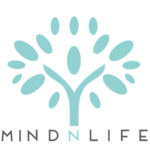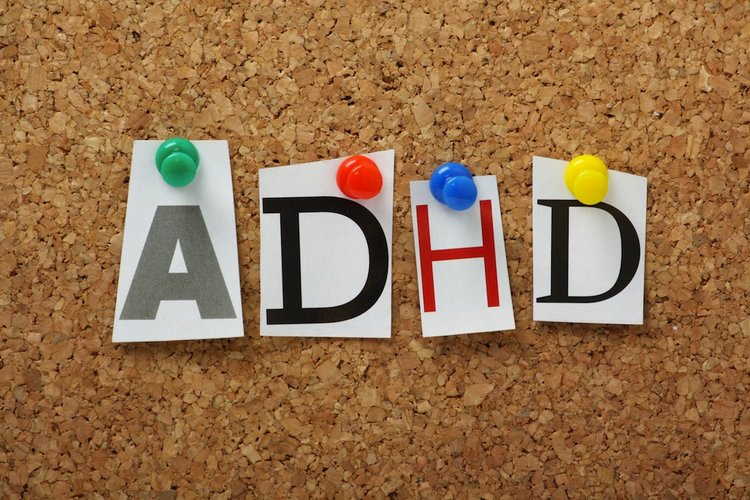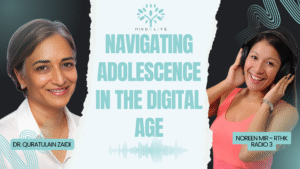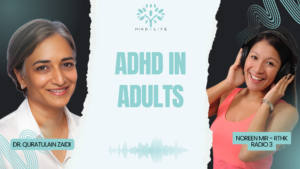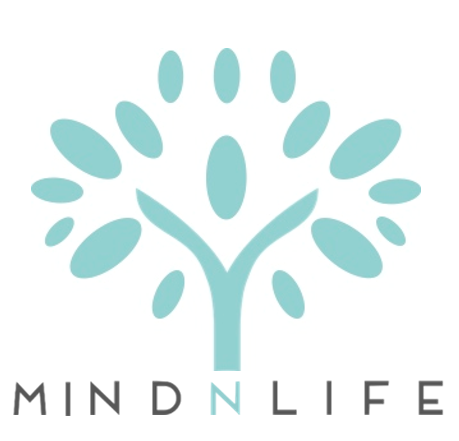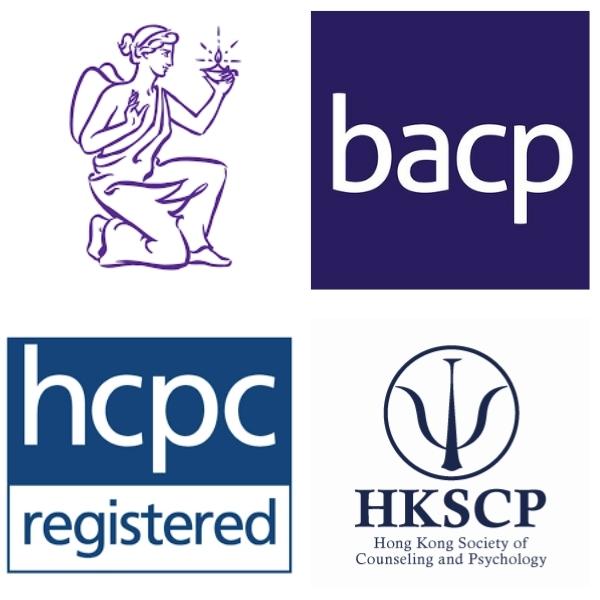DR QURATULAIN ZAIDI of MindNLife discusses the learning challenges that can attend a child with Attention Deficit Hyperactivity Disorder and suggests ways that you as a parent can help.
—
At a recent meeting of Special Educational Needs professionals, I was asked to host one of six round-table discussions, and the topic I chose was ADHD in the classroom, and how to manage it. I was astounded to see that three-quarters of the whole group joined that particular topic. It just goes to show how prevalent ADHD is at schools, and how willing schools are to seek strategies to accommodate the children.
It will therefore come as no surprise that recent studies have shown that as many as eight to 10 percent of school-age children meet the necessary criteria for an ADHD diagnosis. Often mistakenly described as a behaviour problem, attention deficit is in fact a disorder of the brain’s executive function – the ability to plan and prioritise; and it’s a disorder that is widely misunderstood and misdiagnosed.
Attention Deficit Hyperactivity Disorder (ADHD/ ADD), a neurodevelopmental disorder, affects millions of people regardless of age, gender ethnicity or socioeconomic status. It’s a chronic condition marked by persistent inattention, hyperactivity and sometimes impulsivity. ADHD begins in childhood and often lasts into adulthood. It has many faces; while it was once thought that boys were more commonly affected by ADHD – and that they would just “grow out of it” – we now know that this is incorrect. Boys and girls, as well as men and women, can all live with the effects of ADHD. And it’s a disorder that causes significant impairment at work, in school and throughout the lives of those affected by it.
Symptoms of ADHD can differ from person to person, but there are three basic types:
- PRIMARILY INATTENTIVE: the main symptoms are inattention, distraction, and disorganisation.
- PRIMARILY HYPERACTIVE/IMPULSIVE: the symptoms of hyperactivity and impulsiveness are evident, especially in childhood.
- COMBINED: this type has some symptoms from each of the other two.
Children with ADHD are at increased risk for lower academic performance and social problems (including peer problems and teacher conflicts). Many receive lower academic scores due to problems with attention span, hyperactivity and impulsivity. A very typical problem is displayed by children who don’t turn in schoolwork to the teacher, even though it has been completed. Many have “chaotic” book bags and lockers. Transition into middle school can be especially challenging for children with ADHD because they are expected to be able to switch from class to class and remember everything that goes with changing classrooms.
Fortunately, there are many ways you can help your child if he or she is diagnosed with ADHD. Below are just a few.
2. Educate yourself. Learn as much as you can about ADHD. This is essential for your understanding and acceptance of your child’s challenges. Beware of the internet! It’s full of wrong and misleading “information”.
3. Adopting a strength-based approach to ADHD is the most effective parenting approach. Dr Edward Hallowell, an expert in the field, compares an ADHD brain to a Ferrari engine with bicycle brakes. Truly, that’s what the treatment of ADHD is all about: strengthening the brakes, so your child can use the power of his or her engine to win races.
4. Find the right professionals to oversee ADHD treatment. Early intervention and proper guidance is essential.
5. Enlist the school’s help to understand your child’schallenges and to get their teachers involved.
6. Make sure your child gets lots of physical activity. John J. Ratey, author of Spark: The Revolutionary New Science of Exercise and the Brain, has shown beyond doubt that exercise dramatically helps ADHD. According to Ratey, regular “brain breaks” (a chance to get up and move around, at least every hour) are essential for children, and in my experience children find these helpful.
7. Pay attention to sleep and nutrition, and consider having your child learn how to meditate. Research shows mindfulness has been extremely successful for ADHD challenges.
8. Take routines and structure seriously. For every problem that arises, consider a new structure as a first solution. For example, if remembering assignments is a problem, consider liaising with the teachers to ensure that you know what’s due, and when. Have simple, consistent rules, so you don’t have to make them up every day.
9. Learn the facts about medication before you decide to use it.
10. Ensure that your child gets positive human interaction. Many children with ADHD can go through a day, even a week, without a friendly glance or encouraging word; I’ve seen this many times and it can be detrimental to the child.
Finally, an ADHD brain can be a gift; nurture your child so that they feel it is a gift they have. Believe in the potential of your child – and make sure he or she does, too.
Read the original article HERE.

Dr. Quratulain Zaidi (BSc. Hons, MSc, MSc, PhD) is a mother and a member of the British Psychological Society and British Association Counselling & Psychotherapy and abides by the Ethical Framework for Good Practice in Counselling and Psychology. She has lived in Hong Kong and Singapore for 12 years. She specialises in assisting families with issues including parenting, teen issues, Cybersafety, marriage guidance, post natal depression, stress and anxiety disorders, depression, bullying, eating disorders, OCD and self-harm. She is an expert in educational assessments and learning challenges in children, for example ADHD, ADD, Dyslexia and ASD.
